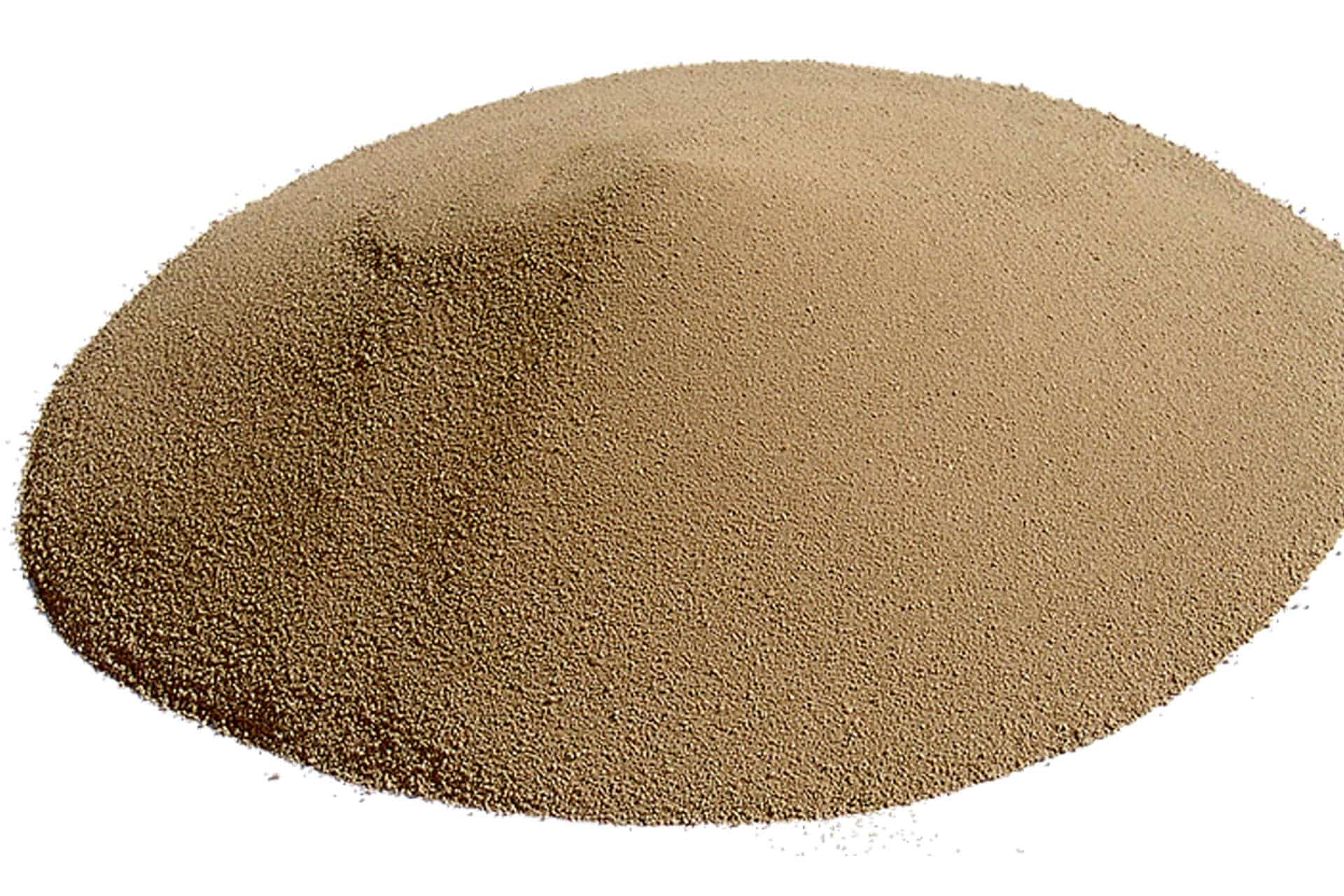Pest control
Fortunately there are some very good products which are not harmful and do the job.
Commercially available products
Take care not to harm beneficial insects
Care needs to be taken with using any of these treatments as in some cases they will harm beneficial insects as well as pests. For example, the larvae of hoverflies and lady beetles, which feed on soft-bodied insects such as aphids, also have soft-bodies.
To minimise the effect on beneficials:
- Don’t allow any sprays or powders to come into direct contact with the beneficials, although they are harmless once they have dried on the plants.
- Try not to spray flowers.. Many beneficials feed on nectar and pollen.
- Don’t spray when beneficials are active; late afternoon, after the bees have returned to their hives, is a good time to spray flowering plants.
Frequent reapplication is often needed
Most of the sprays and treatments used in organics will either break down quickly or deteriorate in the sun; they also wash off more readily than chemical sprays. It is therefore necessary to repeat applications more often than with chemical sprays.
Take care when handling ingredients
Disclaimer
Commercially available products
Bonemeal
Usage: Deters most insects
Where it comes from: The ground bones of animals
How it works: Natural deterrent
Application: Sprinkle around plants
Effect on beneficials: None
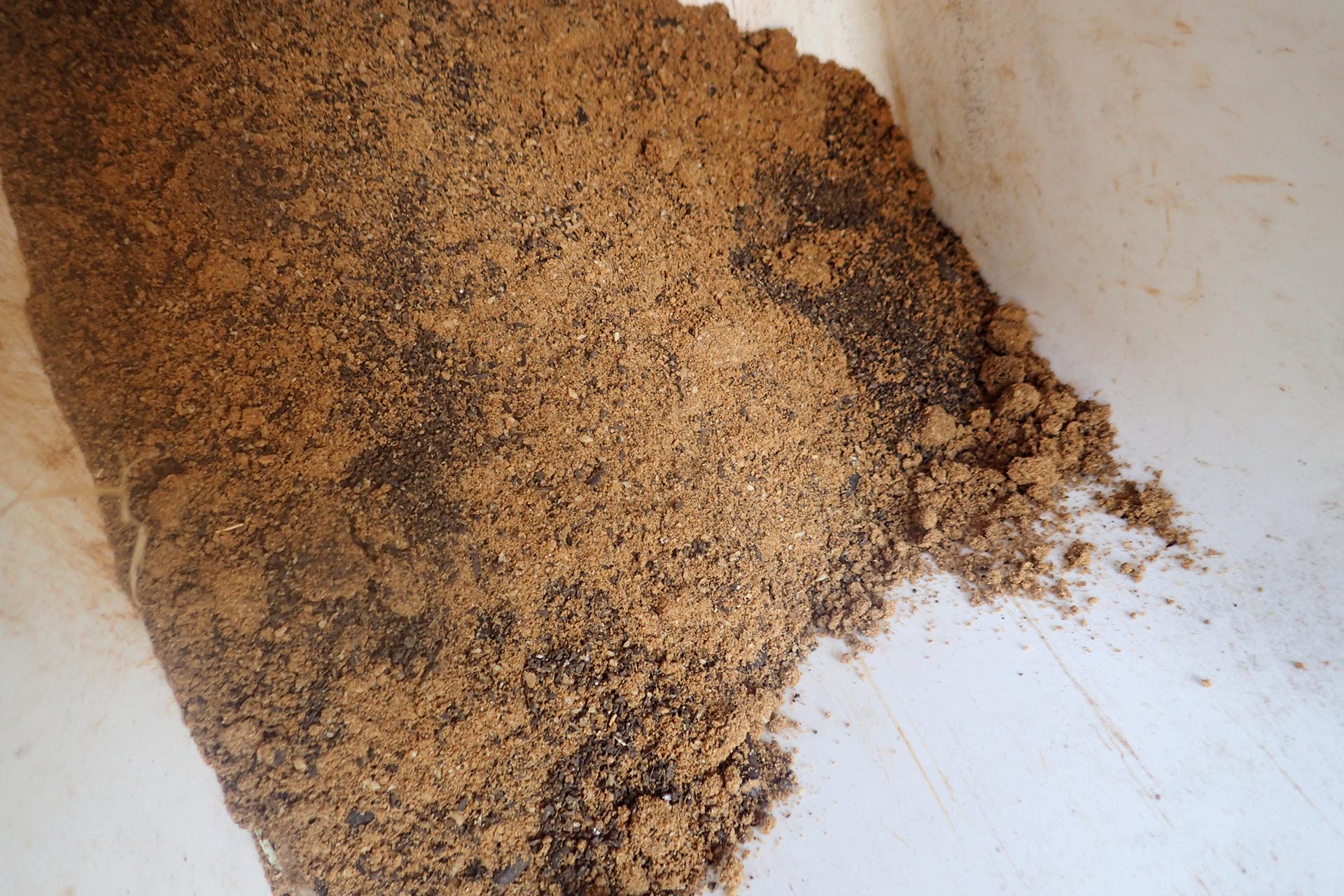
Bt (Bacillus thuringiensis)
Usage: Kills caterpillars
Where it comes from: It is a naturally occurring bacterium
How it works: It infects the digestive system of caterpillars, causing them to stop eating. They then die from starvation after a few days.
Application: Follow manufacturer’s instructions. Spray smaller, younger caterpillars as they have a stronger response to Bt, making the treatment more effective. It loses its potency quickly in sunlight and usually lasts less than a week on foliage, but repeat applications can be made.
Effect on beneficials: The strain of bacteria used in commercially available sprays is very specific and will only affect the larvae of moths and butterflies; not any other insect, making it a very safe and effective spray.
Comments: It loses its potency quickly in sunlight and usually lasts less than a week on foliage, but repeat applications can be made.
Products: Dipel
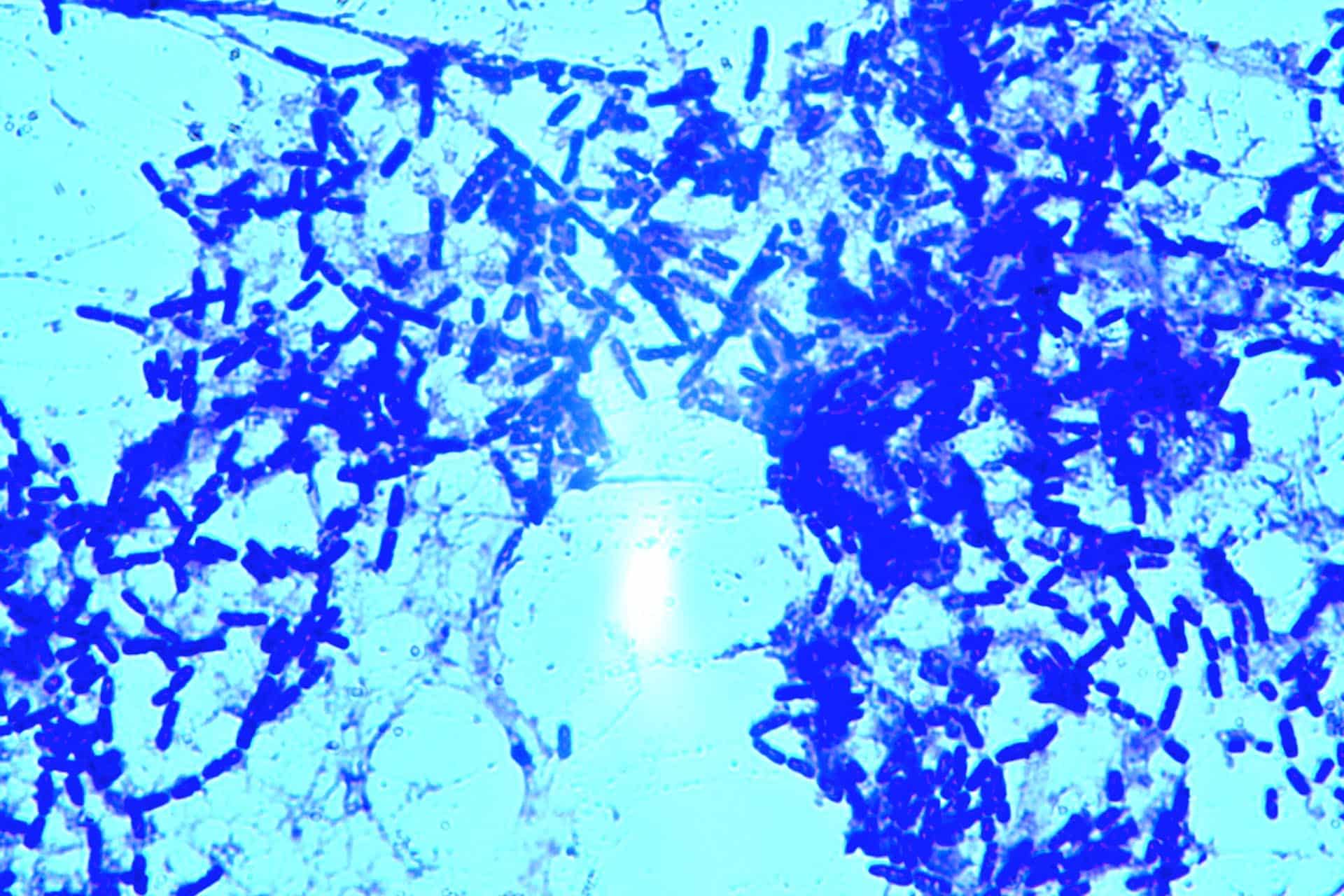
Derris dust
Usage: Kills beetles and bugs (hard-backed insects) as well as caterpillars and other soft-bodied larvae.
Where it comes from: The active ingredient, rotenone, is extracted from the root of a species of bean plant (Derris eulyptica) from South East Asia and South America.
How it works: Derris dust is a gut poison that causes insects to stop eating immediately and die slowly.
Application: Follow manufacturer’s instructions. Derris dust comes as a very fine powder. It is a contact insecticide that needs to be sprinkled on the pest itself.
Effect on beneficials: It will also kill many beneficial predatory bugs and, if it finds its way into waterways, it can be detrimental to fish.
Comments: Derris dust has a manufacturer-specified withholding period- a time frame after which it is considered safe for human consumption. Always check details in manufacturer’s instructions.
Although it breaks down within a week in ultra-violet light, and so is not environmentally bad, it is more toxic than other control methods and therefore not one of our favoured treatments.
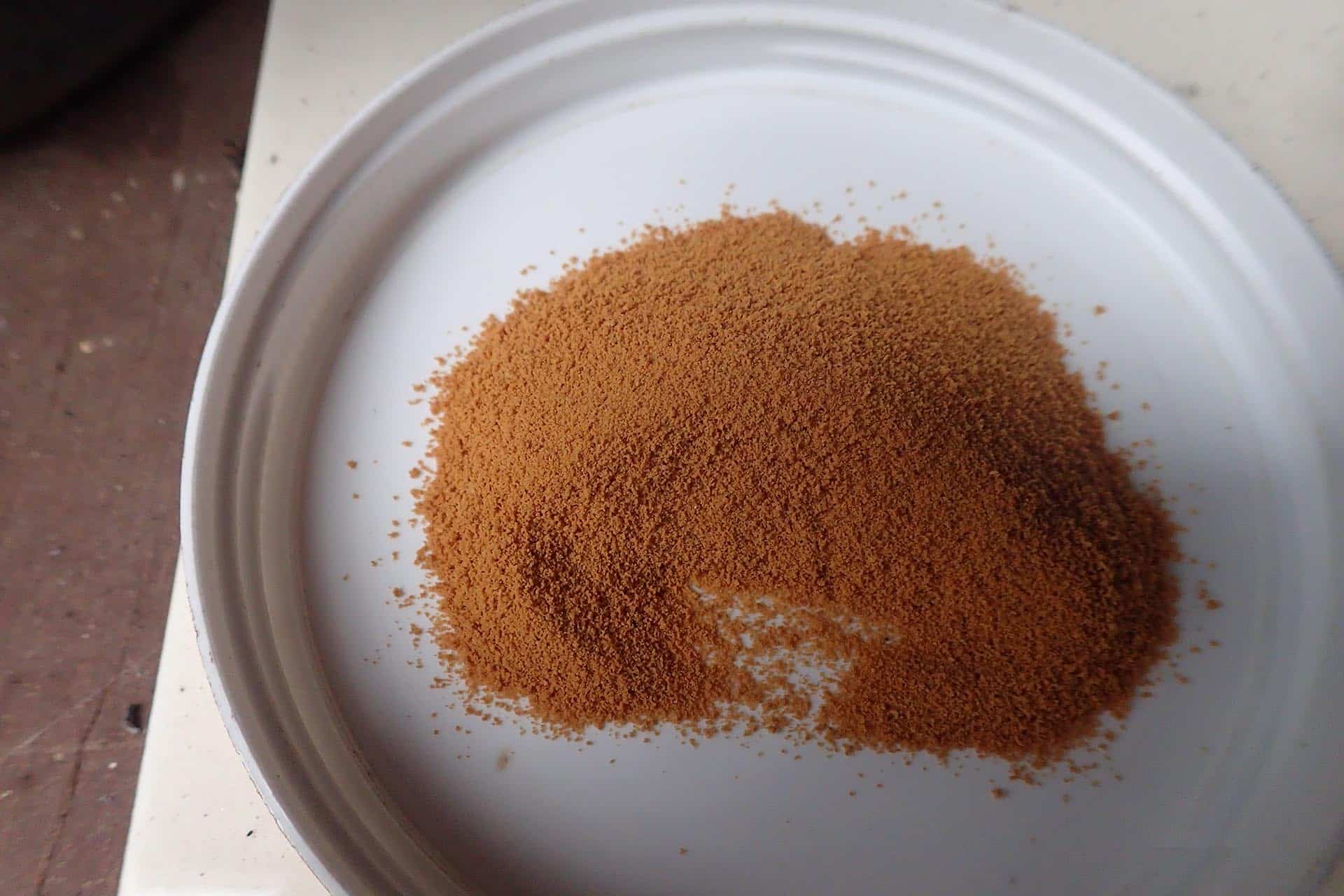
Diatomaceous earth
Usage: Kills grasshoppers, aphids, scale (anything with an exoskeleton), slugs, snails, larvae (anything with a soft body).
Where it comes from: A naturally occurring rock formed from the fossilized remains of diatoms (a type of hard-shelled algae). It is composed mainly of silica (80-90%).
How it works: It works by two methods; firstly, it is made up of razor sharp particles, and secondly, it absorbs moisture. These particles slice into, and absorb the lipids of the waxy exoskeleton, exposing the internal organs to the air, and causing the insect to dry out within a day or two. If ingested, it shreds their insides as well as interfering with their breathing, digestion and mobility.
Application: Follow the manufacturer’s instructions. Sold as a white powder that is slightly abrasive, very light and highly porous. Diatomaceous earth is most effective if the insect is coated with the powder, so if the pest is on the plant sprinkle it over them. Otherwise, sprinkle around the base of plants and on the soil surface where slugs, beetles or other unwanted pests will come into contact with it. Best to use in dry weather as it will cake up with humidity (it absorbs moisture) and lose its effectiveness; also needs to be reapplied after rain.
Effect on beneficials: Keep in mind that all insects, whether pest or beneficial, have exoskeletons and care should be taken not to harm beneficials.
To protect bees when using diatomaceous earth on flowering plants, cover after applying and then rinse the plant off with water once it looks like the treatment has worked.
Comments: Only buy food grade diatomaceous earth. Food grade is low in crystalline silica (0.5-2%). Filter grade (non-food grade) contains at least 60% crystalline silica making it toxic to mammals. The remaining silica in food grade is in an amorphous (non-crystalline) form.
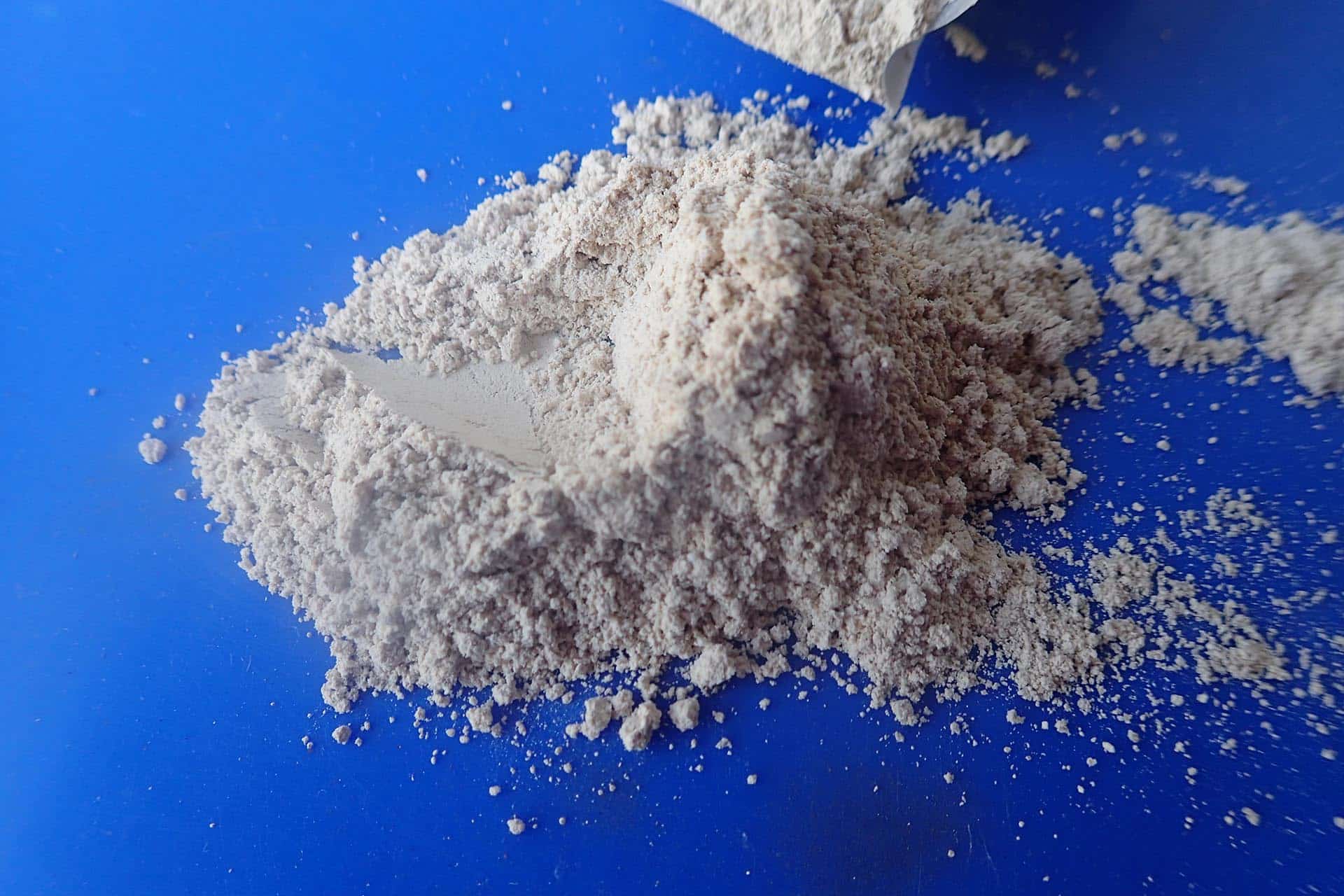
Horticultural oil
Usage: Will kill aphids, mites, scale and other soft-bodied insects.
Where it comes from: Most manufactured oils are derived from petroleum. A few are plant based.
Application: Follow manufacturer’s instructions. It must be sprayed directly on the pest as it has no effect once it is dry
How it works: It smothers the insect by blocking the pores (spiracles) that they breathe through.
Effect on beneficials: It is non-selective and will harm them if they get coated but once it is dry it is harmless.
Comments: May also help against mildew and stop disease from spreading.
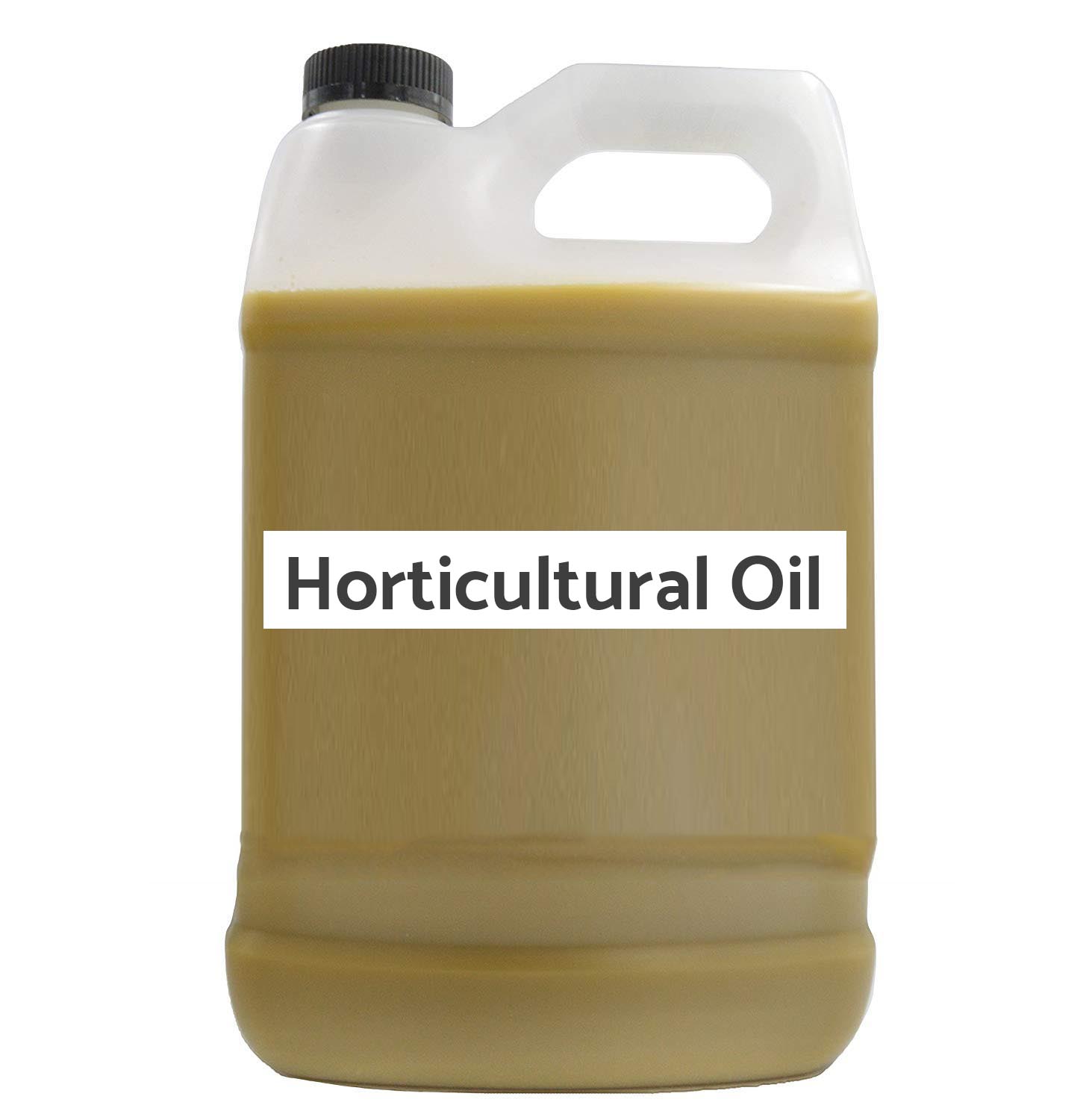
Iron-base snail and slug pellets
Usage: Kills slugs and snails.
Where it comes from: Manufactured iron-based pellets
How it works: Snails and slugs like the taste but it acts as a gut poison. They prefer them to plants but once consumed, the slugs lose their appetite and move away to die.
Application: Follow manufacturer’s instructions.
Effect on beneficials: Far less harmful than other products, but could be harmful in large doses.
Comments: Environmentally friendly, when it breaks down it is taken up by the plants as a trace element
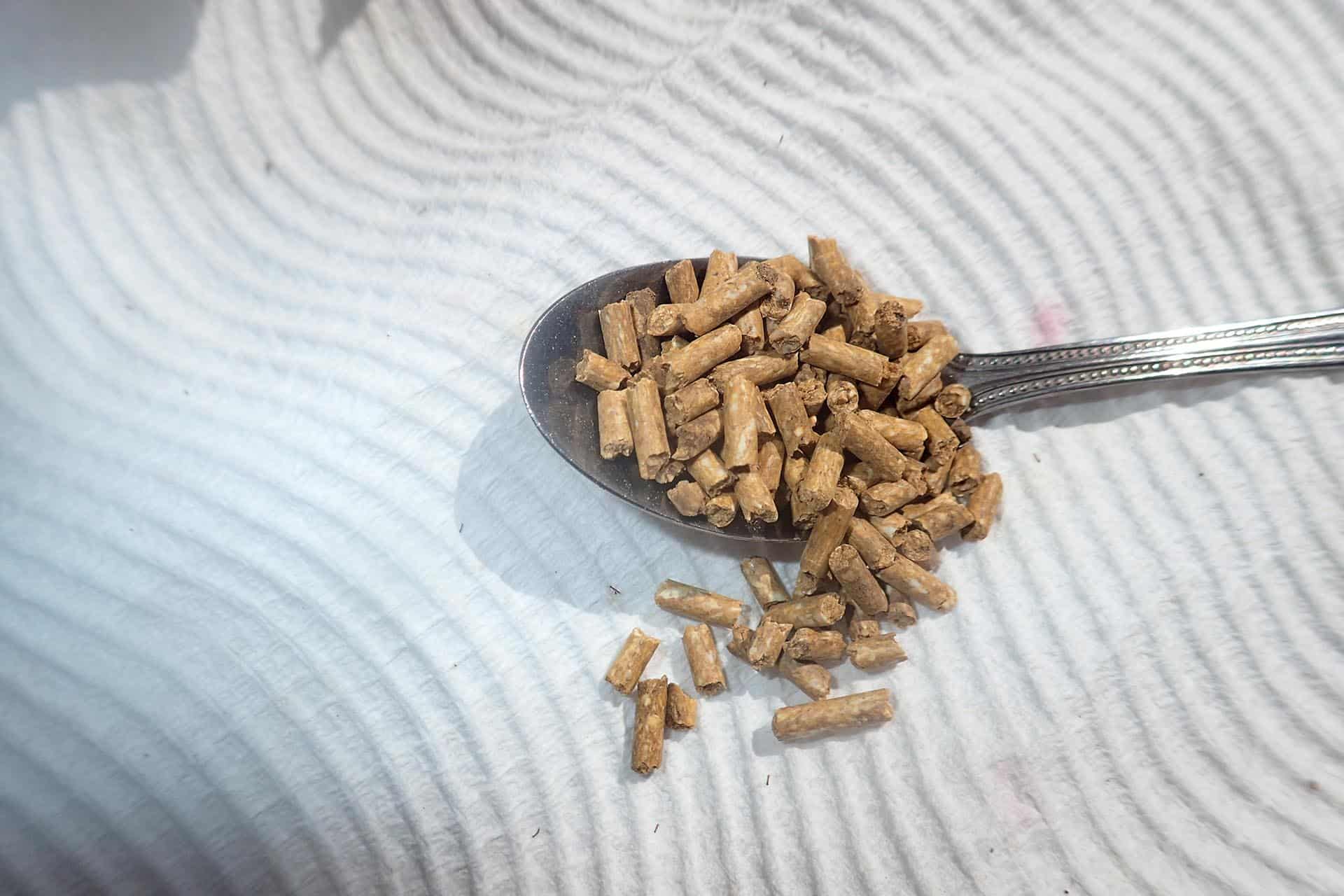
Neem oil
Currently (in Australia) Neem is only approved for use on ornamental plants; not on plants intended for human or animal consumption. Neem is, however, internationally certified as an organic input for use on food and non-food crops and is now under review to match approval under Australian standards with those of existing overseas approvals.
Neem is used in many cosmetics including toothpaste and soap.
It is believed to have anti-bacterial, anti-fungal and anti-oxidant properties as well as many health benefits.
Usage: All sucking and chewing insects
Where it comes from: The neem tree (Azadirachta indica) is native to India and South-East Asia
How it works: Azadirachtin is the main chemical compound extracted from the neem tree. It interrupts the reproductive cycle of insects stopping larvae from hatching or moulting to their next stage. It also inhibits the insects’ ability to feed but it must be ingested by the insect. Because it does not kill on contact, results are not immediately visible.
Application: Follow manufacturer’s instructions. When using as a foliar spray do not spray during the hot part of the day or in bright sunshine as it can cause leaf-burn. Spraying in late evening also reduces the risk of inadvertently harming any beneficial insects as the neem will be dry before they are active.
When applied as a soil drench it is taken up by the plant and offers protection from the inside.
Effect on beneficials: Because beneficial insects do not ingest it through eating the plant, it is considered that they don’t accumulate enough concentrated neem to do them harm. However, avoid spraying directly on any beneficial insects as being coated in oil would be harmful.
Neem doesn’t seem to harm good bacteria or fungi in the soil. We still see these unaffected under the microscope when we examine soil, which has had neem cake in it.
Comments: Apply neem oil as a foliar spray to prevent germination of fungal spores. This helps to control fungal problems such as black spot, powdery mildew, anthracnose and rusts.
Neem has many other great qualities:
- Harmless to the beneficial insects, birds and humans
- 100% biodegradable; breaks down quickly when exposed to light and water
- Leaves no dangerous residue in the soil
- Acts as a soil conditioner when applied directly into the soil
- It is a great leaf polisher when sprayed on leafy greens
Neem is available in pellet form which has the highest azadirachtin content. It is referred to as neem cake and can be added to the soil where it will be taken up by plants thereby reducing their susceptibility to pests and diseases.
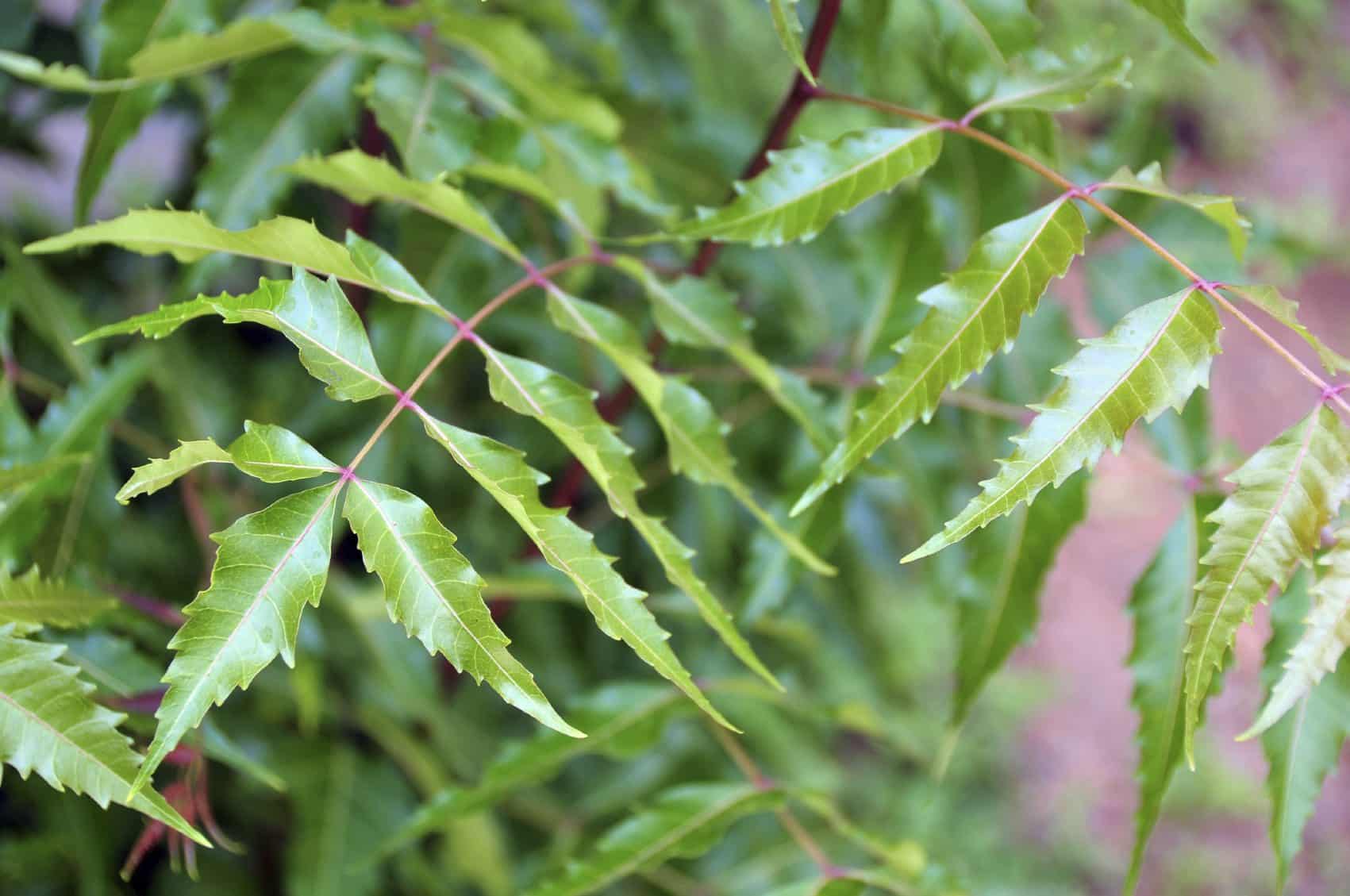
Pyrethrum
Usage: Kills all insects (broad spectrum)
Where it comes from: Extracted from a species of chrysanthemum (Chrysanthemum cinerariaefolium).
How it works: Affects the nervous systems of insects.
Application: Follow manufacturer’s instructions. It is a contact spray so you must actually spray it on the pest
Effect on beneficials: It will kill good insects as well. Use in the late evening after the bees have gone back to their hives.
Comments: This is also a product we would use as a last resort, preferring to use less broad-spectrum insecticides. We would use this if we had a large infestation or on insects which are difficult to kill and causing serious damage.
The positives for using pyrethrum are that it has a relatively low toxicity level and is totally biodegradable with a very short residual life.
The fact that it breaks down quickly, especially in sunlight, is another reason to use late in the day.
PBO (piperonyl butoxide) is often added to pyrethrum to make it more effective, but this is not allowable in organic certification as it is a synthetic chemical.
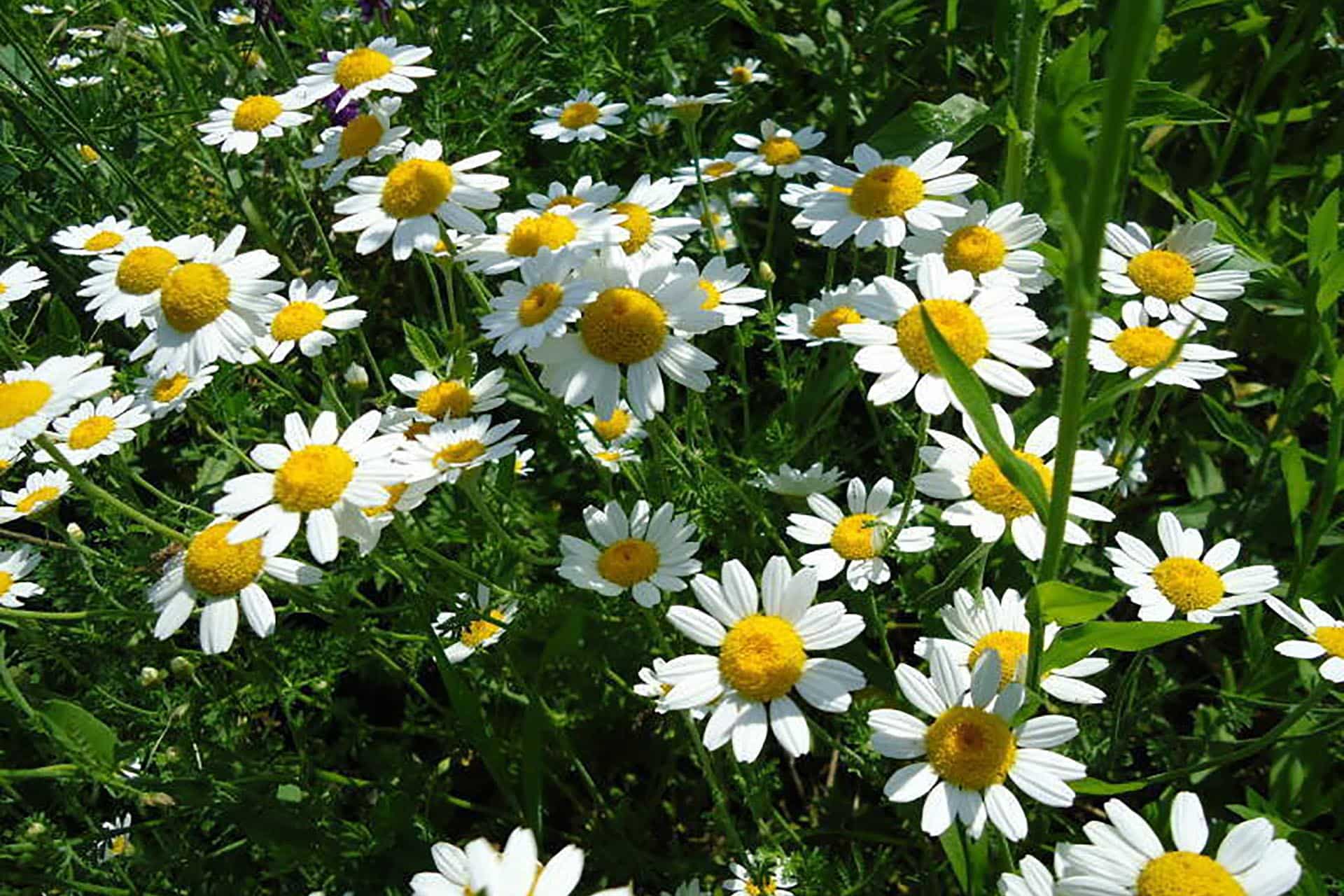
Spinosad
Usage: Kills sap-sucking and leaf-eating insects such as aphids, whitefly, mealybugs, green vegetable bugs and caterpillars. When butterfly and moth larvae hatch, they eat the egg sac, so by spraying on eggs the larvae will ingest the spinosad.
Where it comes from: Spinosad is a naturally occurring chemical produced by soil bacteria.
How it works: After being ingested, it acts on the nervous system causing death within 1-2 days. It will kill on contact if sprayed on the insects as it can be absorbed through their bodies.
Application: Follow manufacturer’s recommendations. Apply as a foliar spray in the late evening to reduce the risk of inadvertently harming any beneficial insects, as it will be dry before they are active.
Effect on beneficials: Once the spray has dried it has no effect on predatory bugs. Since they don’t eat the plant, they don’t accumulate enough concentrated spinosad to do them harm. It is possible that it may be harmful to bees as they collect the pollen but this hasn’t been established, however it is best to remove the risk by not spraying flowers
Comments: It works faster than Bt and on a wider range of pests.
Products: Natralure- fruit fly/ Yates Nature’s way- fruit fly
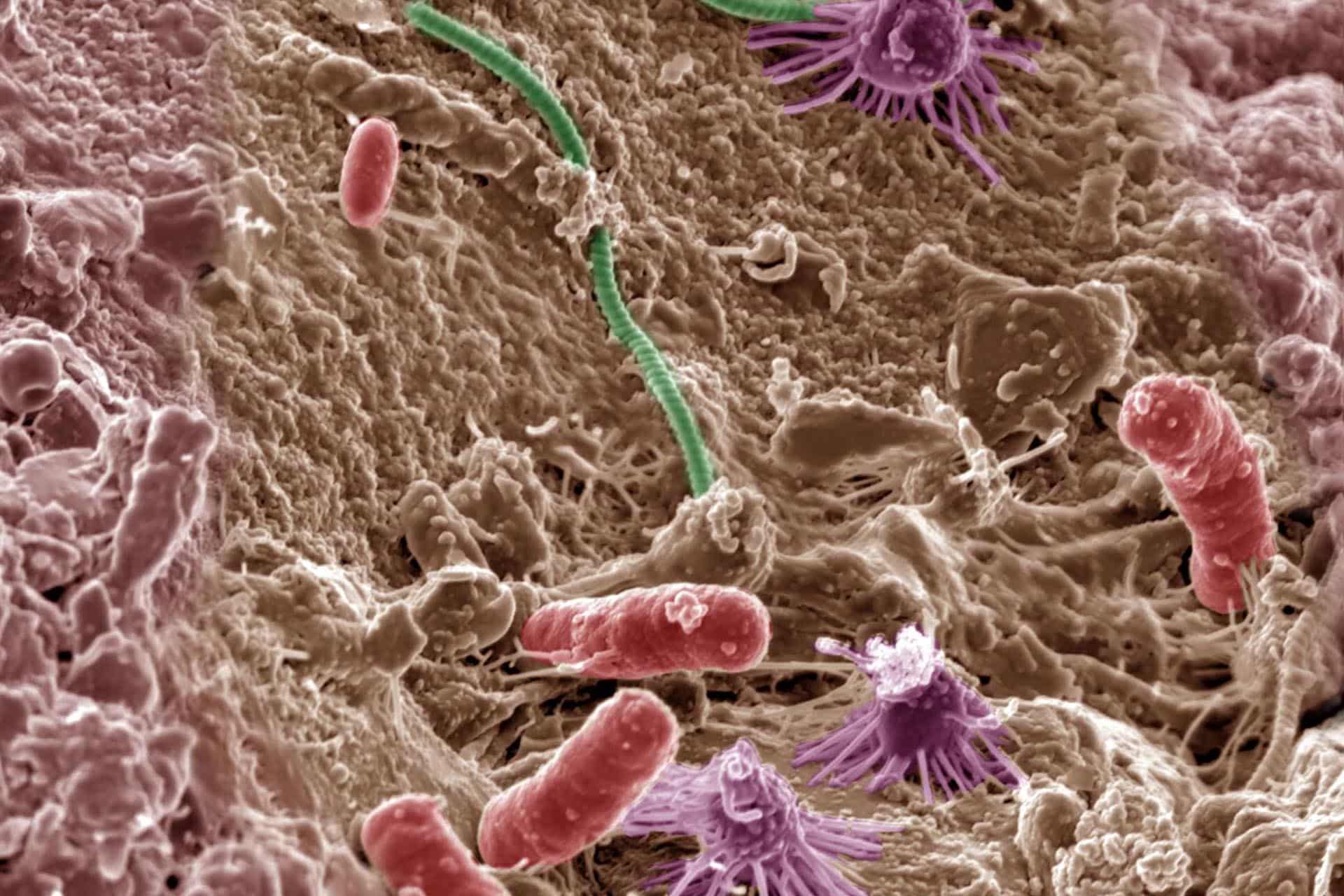
Wettable sulphur
Usage: Insecticide for mites including brown mite and red spider mite. It can also be used as a fungicide for powdery mildew, rust and brown rot.
Where it comes from: It is sulphur in a soluble form
How it works: It inhibits the mites’ ability to produce energy. It kills the fungal spores as well as providing a protective barrier over the leaf surface which inhibits the fungal growth.
Application: Follow manufacturer’s instructions. Not recommended on apricot, cucumber or raspberry. Use as a foliar spray. It is important to spray both the top and underside of leaves and right into the centre of the plant as mites hide everywhere. Not to be used when the ambient temperature is over 24 degrees C as it will burn the leaves. It also cannot be used within 3 weeks of an oil spray as the oil and sulphur will react and harm the plant.
Effect on beneficials: Non-toxic to most insects including bees. May have an adverse impact on predatory mites.
Comments: Because it is an acid there may be some concern that it could affect plants that prefer a more alkaline environment. It will not affect the eggs of the brown mite or red spider mite so repeat applications will be needed to break the reproductive cycle.
